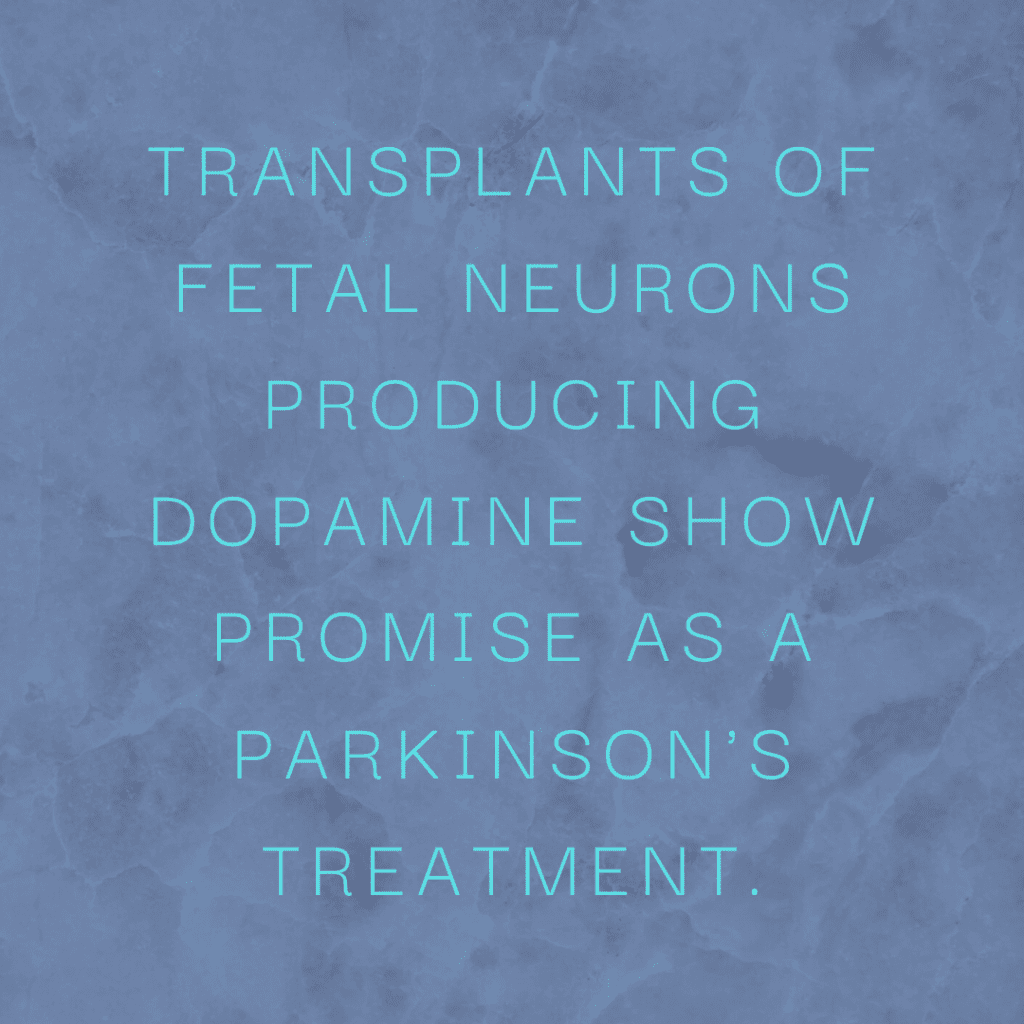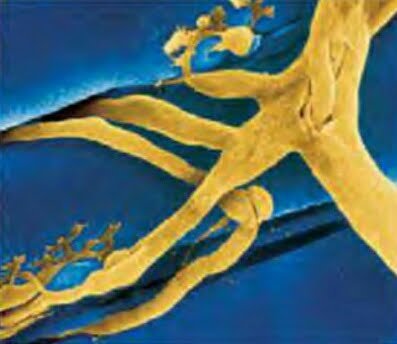BALANCING ACT ( THE BRAIN’S EQUILIBRIUM )
Some feedback mechanisms suppress actions in the brain and body. Others excite them. Their delicate balance keeps the body between extremes. To have too much or too little of one can throw the system out of whack.
To take one example, the lack or overabundance of neurotransmitters such as dopamine causes health problems-Parkinson’s disease in one case, schizophrenia in the other. Because the brain and body are so closely interrelated you could think of the glands, organs, bones, muscles, and other parts of the body as functionally integrated appendages of the brain damage to the brain and the rest of the nervous system can knock the body dangerously out of homeostasis.
Physical damage to the brain is an obvious source of homeostatic imbalance. Shrapnel from an artillery shell, tumors and lesions that anse organically, and atrophy or death of neural groups in the brain reduce and sometimes destroy the brain’s ability to monitor the body and respond to its needs. Headaches, seizures (and epilepsy in particular), diabetes, and Parkinson’s disease are examples of the consequences of a body getting out of a healthful dynamic balance.
Treatments vary. Neurochemical treaments seek to replace the dopamine depleted by the death of the brain’s dopamine producing cells. Drugs like levodopa, also known as L-dopa, are able to pass through the blood-brain barrier. Once inside the brain, L-dopa is transformed into dopamine. It works only up to a point, and it can have side effects, including hallucinations. Furthermore, as the disease progresses, larger and larger doses are required to get the same benefits, with an increased risk of bad reactions. The drug interferes with other neurotransmitters, so large doses often have multiple reactions.



